Home>Furniture & Design>Outdoor Furniture>How To Protect Your Outdoor Grow From Bugs
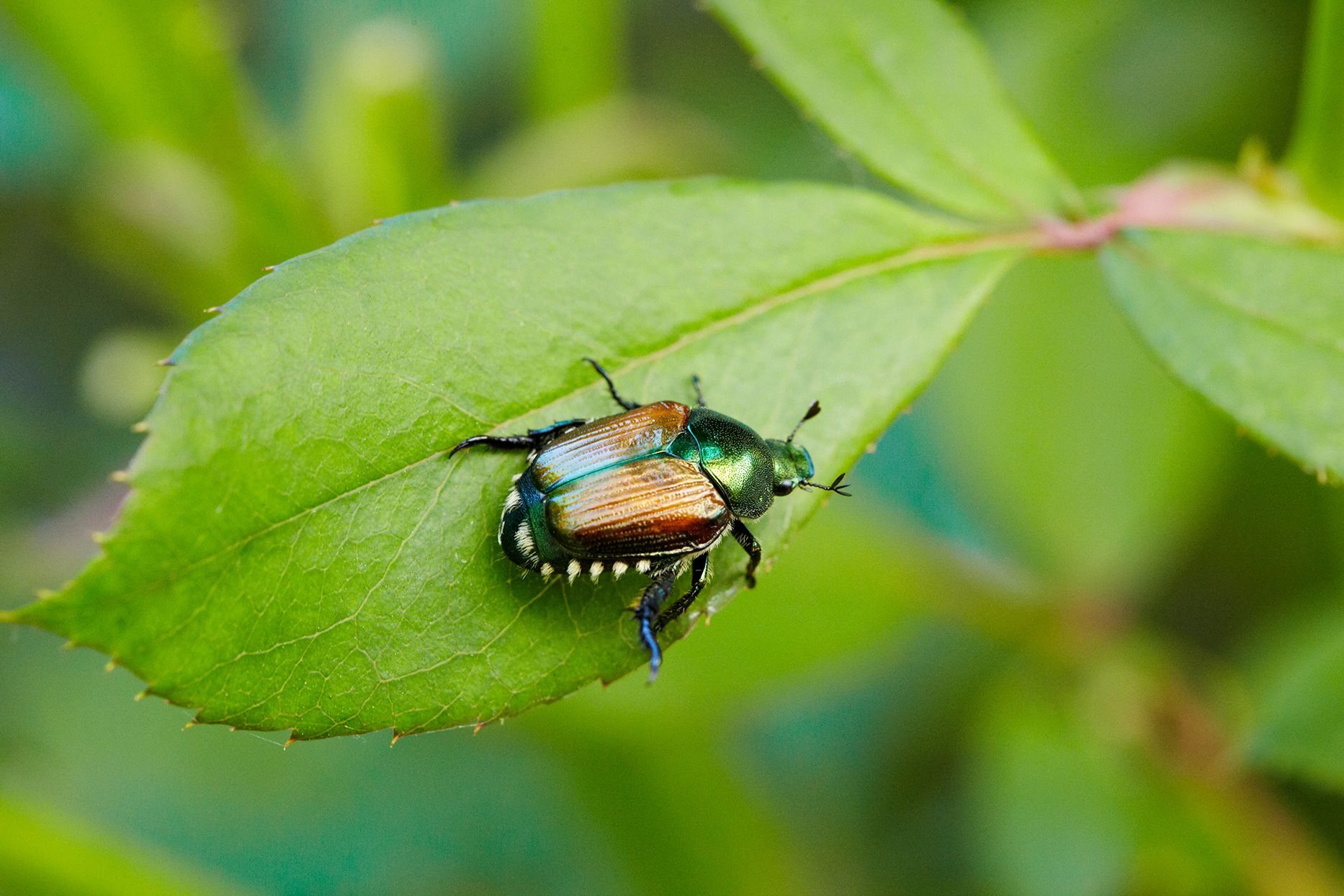

Outdoor Furniture
How To Protect Your Outdoor Grow From Bugs
Published: January 15, 2024
Learn effective strategies to protect your outdoor furniture and garden from pesky bugs. Discover expert tips for outdoor furniture care and design.
(Many of the links in this article redirect to a specific reviewed product. Your purchase of these products through affiliate links helps to generate commission for Storables.com, at no extra cost. Learn more)
Introduction
Welcome to the wonderful world of outdoor gardening! Whether you are a seasoned horticulturist or a novice with a green thumb, there's nothing quite like the joy of tending to a thriving outdoor grow. However, as any experienced gardener will tell you, one of the biggest challenges in maintaining a healthy outdoor garden is protecting it from pesky bugs and pests.
In this comprehensive guide, we'll delve into the fascinating realm of outdoor grow pest management. From identifying common pests to implementing effective prevention and control measures, you'll gain valuable insights to safeguard your precious plants. Whether you're cultivating a vibrant vegetable garden, nurturing fragrant herbs, or cultivating stunning flowers, this guide is your go-to resource for keeping your outdoor grow bug-free and flourishing.
So, grab your gardening gloves and let's embark on a journey to discover the best practices for protecting your outdoor grow from pests.
Key Takeaways:
- Protect your outdoor garden from pests by understanding common culprits like aphids, whiteflies, and caterpillars. Implement preventative measures like crop rotation and companion planting to create a resilient garden ecosystem.
- Embrace natural pest control methods like neem oil and companion planting to maintain a balanced and sustainable outdoor garden. Use chemical pest control methods judiciously and prioritize safety and environmental impact.
Read more: How To Protect Your Outdoor Camera
Understanding Common Outdoor Grow Pests
Before delving into pest management strategies, it’s crucial to familiarize yourself with the common culprits that can wreak havoc on your outdoor garden. These pesky intruders come in various shapes and sizes, each with its own distinct modus operandi for damaging plants. Here are some of the most prevalent pests you may encounter:
- Aphids: These tiny, pear-shaped insects are notorious for congregating on the undersides of leaves and sucking the sap from plants, causing wilting and yellowing.
- Whiteflies: Resembling tiny white moths, these pests feast on plant sap and excrete sticky honeydew, leading to the growth of unsightly black mold.
- Spider Mites: These minuscule arachnids are adept at spinning fine webs on plants and puncturing the foliage to feed on the sap, resulting in stippled, discolored leaves.
- Caterpillars: The larval stage of moths and butterflies, caterpillars voraciously consume leaves, often leaving behind telltale chew marks.
- Slugs and Snails: These mollusks are nocturnal feeders, leaving behind irregular holes and silvery slime trails as they munch on tender plant foliage.
- Beetles: From the infamous Japanese beetle to the destructive flea beetle, these voracious leaf-eaters can defoliate plants if left unchecked.
By recognizing the distinctive traits and behaviors of these pests, you can effectively tailor your pest management approach to combat specific threats. Armed with this knowledge, you’ll be better equipped to protect your outdoor grow from these insidious intruders.
Preventative Measures
When it comes to safeguarding your outdoor grow from pests, prevention is undeniably the best line of defense. By implementing proactive measures, you can create an inhospitable environment for pests, minimizing the risk of infestations and ensuring the health and vitality of your plants. Here are some effective preventative strategies to fortify your garden against unwanted invaders:
- Maintain Optimal Plant Health: Healthy plants are naturally more resilient to pest attacks. Ensure proper watering, adequate sunlight, and appropriate fertilization to bolster plant vigor.
- Practice Crop Rotation: Rotating crops from season to season can disrupt the life cycles of pests, reducing their ability to establish persistent populations.
- Utilize Companion Planting: Intercropping compatible plant species can confuse and repel pests, acting as a natural deterrent against infestations.
- Implement Physical Barriers: Erecting barriers such as row covers and netting can shield plants from airborne pests while allowing sunlight and moisture to penetrate.
- Maintain Garden Hygiene: Regularly remove debris, fallen leaves, and decaying plant matter, as these can harbor pests and provide breeding grounds for infestations.
- Encourage Beneficial Insects: Attracting predatory insects like ladybugs and lacewings can help control pest populations by preying on their vulnerable stages.
By proactively implementing these preventative measures, you can create a robust and resilient outdoor garden that is less susceptible to pest-related issues. Embracing a holistic approach to pest management not only safeguards your plants but also fosters a harmonious and thriving ecosystem within your outdoor grow.
One tip to protect your outdoor grow from bugs is to regularly inspect your plants for any signs of pest infestation, such as holes in the leaves or visible bugs. Catching the problem early can help prevent it from spreading and causing damage to your plants.
Natural Pest Control Methods
Embracing natural pest control methods not only safeguards the health of your plants but also promotes environmental sustainability. By harnessing the power of nature’s own defenses, you can effectively manage pest populations without resorting to synthetic chemicals. Here are some eco-friendly pest control methods to keep your outdoor grow thriving:
- Neem Oil: Derived from the neem tree, neem oil acts as a potent insect repellent and disrupts the feeding and reproductive cycles of pests like aphids and whiteflies.
- Diatomaceous Earth: This natural powder, composed of fossilized diatoms, effectively desiccates soft-bodied pests like slugs, snails, and caterpillars upon contact.
- Beneficial Nematodes: These microscopic organisms prey on soil-dwelling pests such as grubs and caterpillars, providing targeted biological control.
- Companion Planting: Strategic interplanting of pest-repellent herbs and flowers, such as marigolds and basil, can deter pests and attract beneficial insects.
- Homemade Pest Sprays: DIY concoctions using ingredients like garlic, chili peppers, and soap can be effective in repelling and suffocating soft-bodied pests.
- Attracting Predatory Insects: Cultivate a diverse array of flowering plants to entice predatory insects like hoverflies and parasitic wasps, which naturally prey on garden pests.
By integrating these natural pest control methods into your gardening practices, you can maintain a balanced and sustainable outdoor grow while minimizing the impact on beneficial insects and the broader ecosystem. Embrace the power of nature to nurture a thriving garden teeming with life.
Chemical Pest Control Methods
While natural pest control methods are often preferred for their eco-friendly approach, there are instances where targeted chemical interventions may be necessary to address severe pest infestations. When used judiciously and in accordance with recommended guidelines, chemical pest control methods can provide effective solutions for managing pest populations. Here are some commonly used chemical pest control options:
- Insecticidal Soaps and Oils: Formulated from natural compounds, insecticidal soaps and oils effectively suffocate soft-bodied pests like aphids, mites, and whiteflies while posing minimal risk to beneficial insects.
- Biopesticides: Derived from natural materials such as bacteria, fungi, or plant extracts, biopesticides offer targeted control against specific pests with reduced environmental impact.
- Synthetic Insecticides: When faced with severe pest outbreaks, synthetic insecticides can provide rapid knockdown of pests, but their use should be approached with caution to minimize non-target effects.
- Systemic Pesticides: These chemicals are absorbed by plants and transported throughout the tissues, offering long-lasting protection against sucking insects and certain caterpillar species.
- Residual Sprays: Designed to leave a lasting toxic residue on plant surfaces, residual sprays can provide extended control of pests but should be used sparingly to avoid unintended environmental impact.
- Fumigants: Utilized for controlling soil-borne pests and pathogens, fumigants release gases that penetrate the soil to eradicate pests, weeds, and diseases.
When considering chemical pest control methods, it is imperative to prioritize safety, proper application techniques, and adherence to regulations to mitigate potential risks to human health and the environment. Additionally, integrated pest management (IPM) principles advocate for the minimal and targeted use of chemicals, emphasizing a holistic approach that incorporates natural and cultural control methods.
By exercising prudence and understanding the potential impacts, chemical pest control methods can be integrated responsibly as part of a comprehensive pest management strategy, ensuring the well-being of your outdoor grow and the surrounding ecosystem.
Read more: How To Protect Outdoor Tv From Weather
Conclusion
Congratulations! You’ve now equipped yourself with a wealth of knowledge to protect your outdoor grow from the persistent threat of pests. By understanding the behavior and characteristics of common garden intruders, implementing preventative measures, and embracing natural and, when necessary, chemical pest control methods, you are poised to cultivate a thriving and resilient outdoor garden.
As you embark on your pest management journey, remember that a harmonious balance between pest control and environmental stewardship is essential. Embrace the beauty of nature’s own defenses, harness the power of beneficial insects, and exercise prudence when considering chemical interventions. By nurturing a biodiverse and resilient garden ecosystem, you can mitigate pest pressures while fostering a vibrant outdoor grow that flourishes in harmony with the natural world.
So, roll up your sleeves, tend to your plants with care, and remain vigilant against potential pest threats. With your newfound expertise and a touch of green-fingered finesse, your outdoor grow is bound to thrive, free from the clutches of pesky pests. Here’s to a bountiful and pest-free harvest!
Frequently Asked Questions about How To Protect Your Outdoor Grow From Bugs
Was this page helpful?
At Storables.com, we guarantee accurate and reliable information. Our content, validated by Expert Board Contributors, is crafted following stringent Editorial Policies. We're committed to providing you with well-researched, expert-backed insights for all your informational needs.

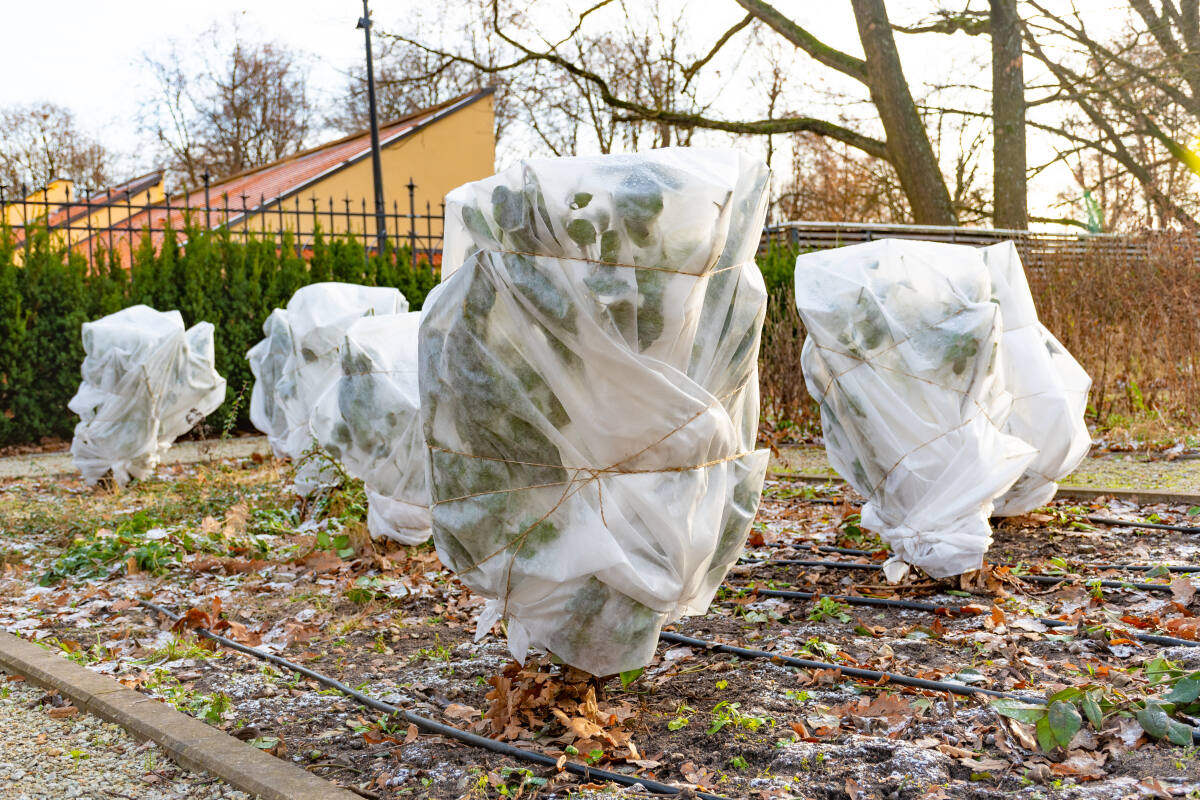
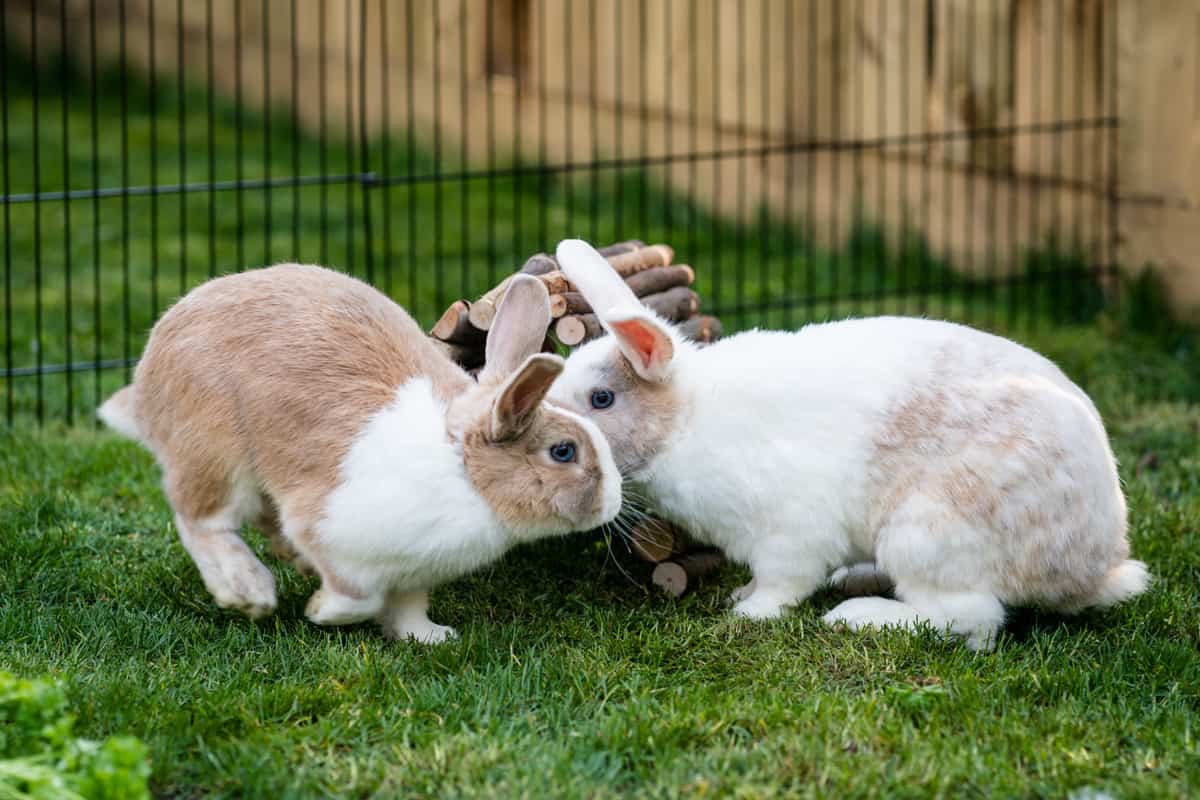


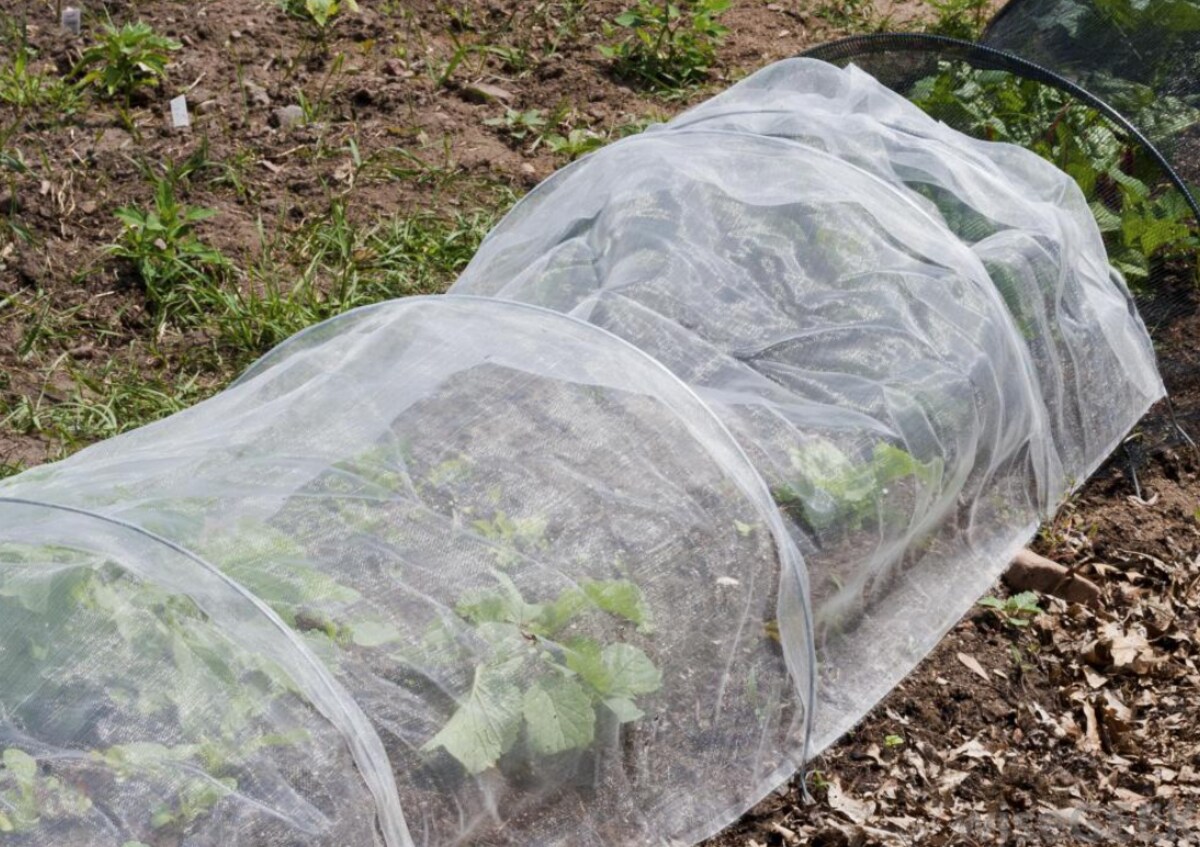
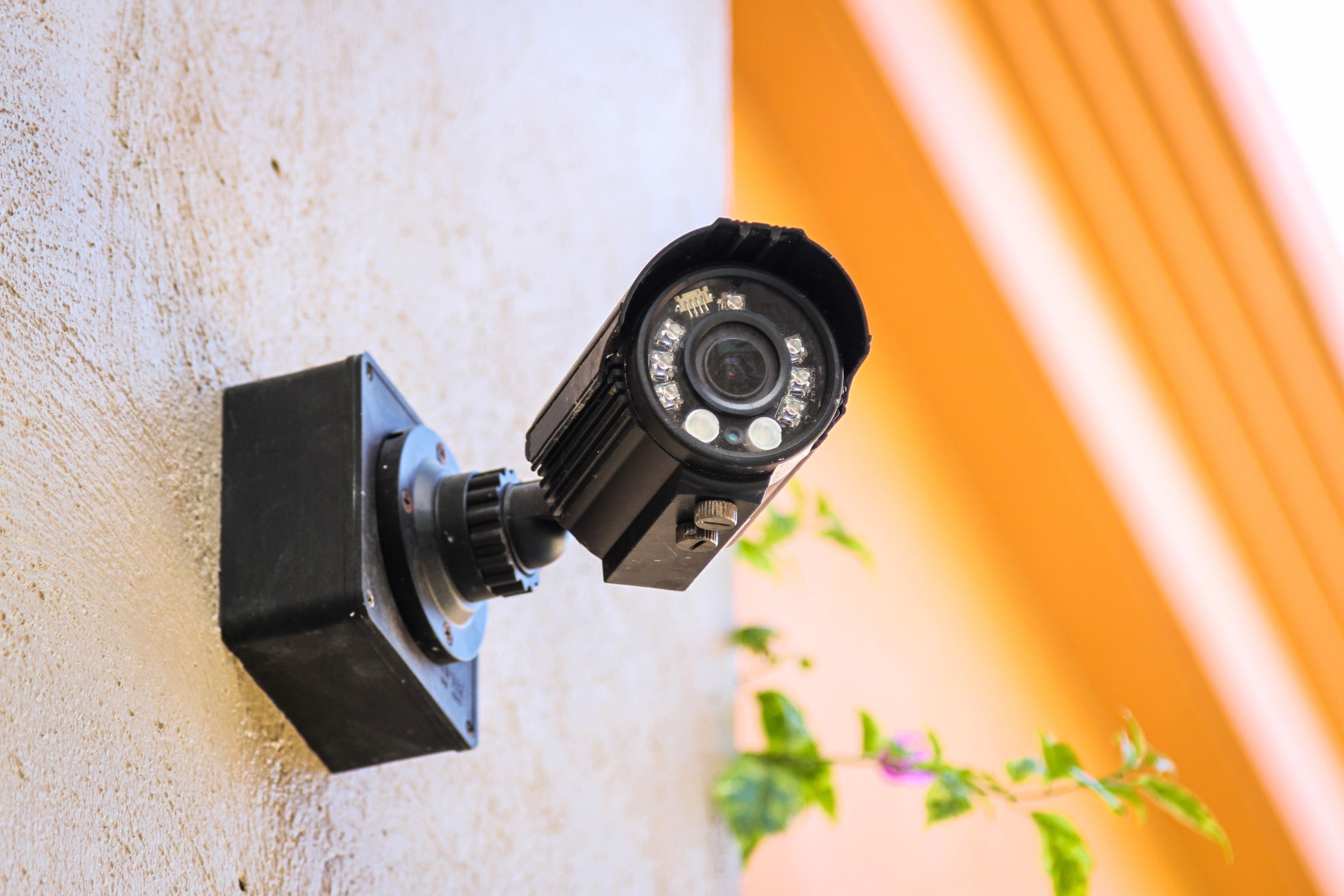
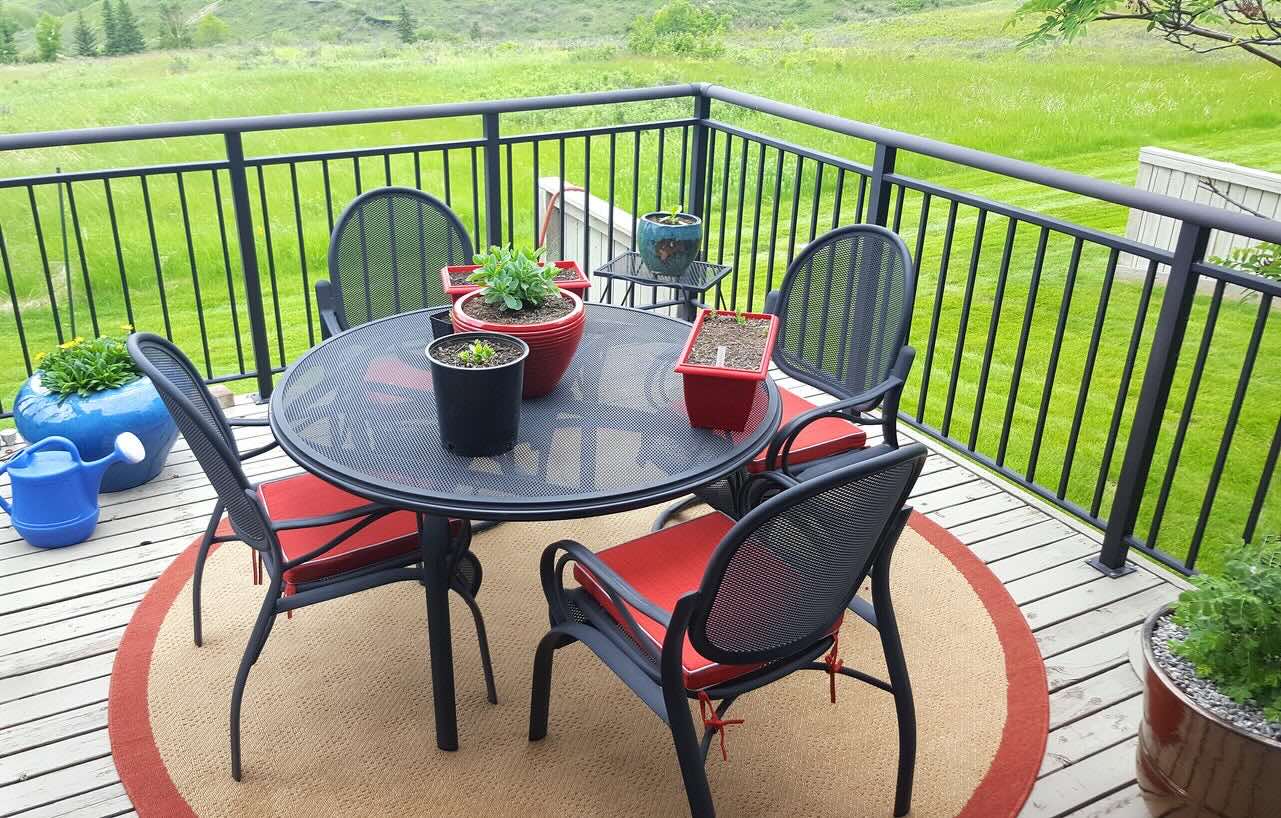

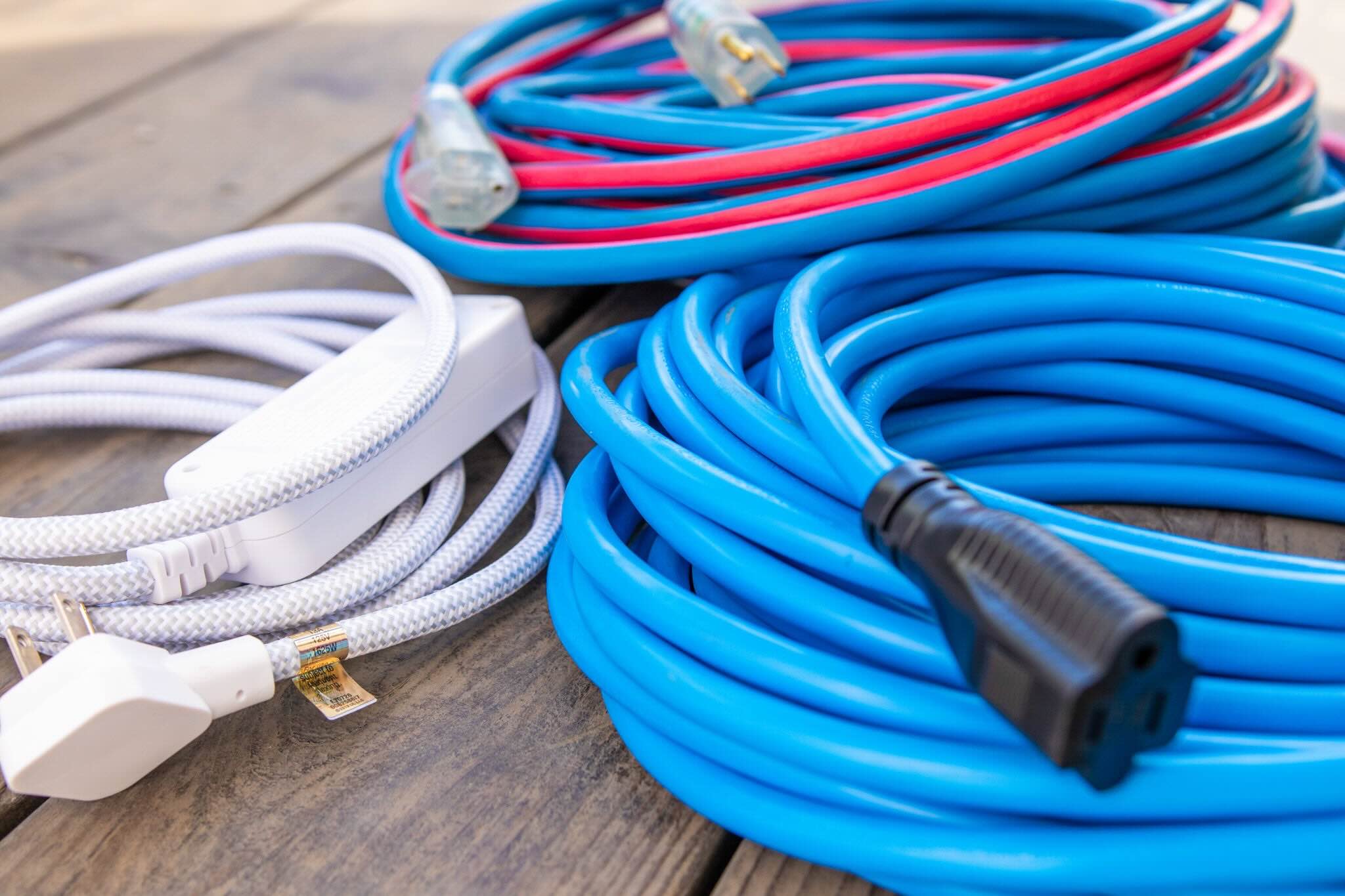
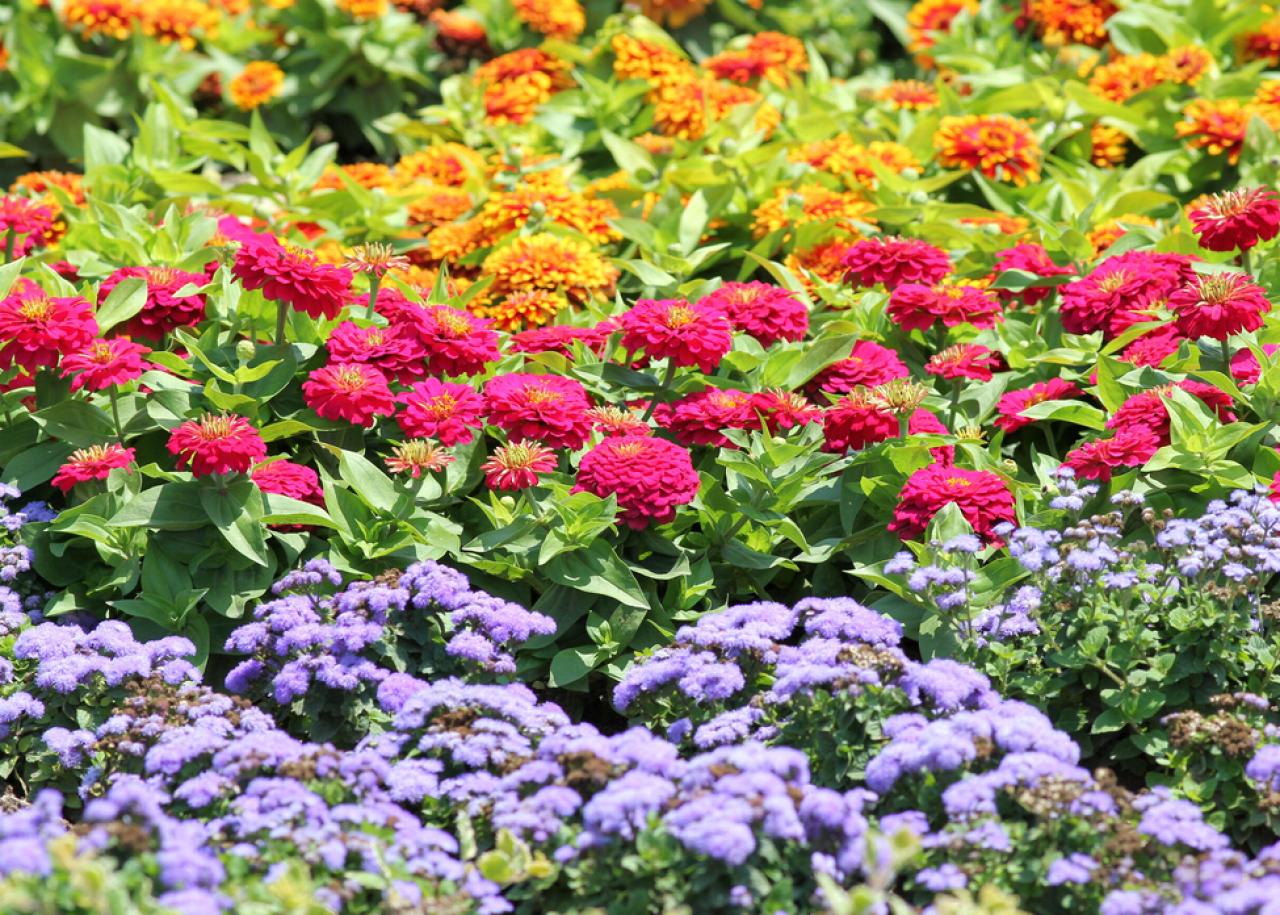
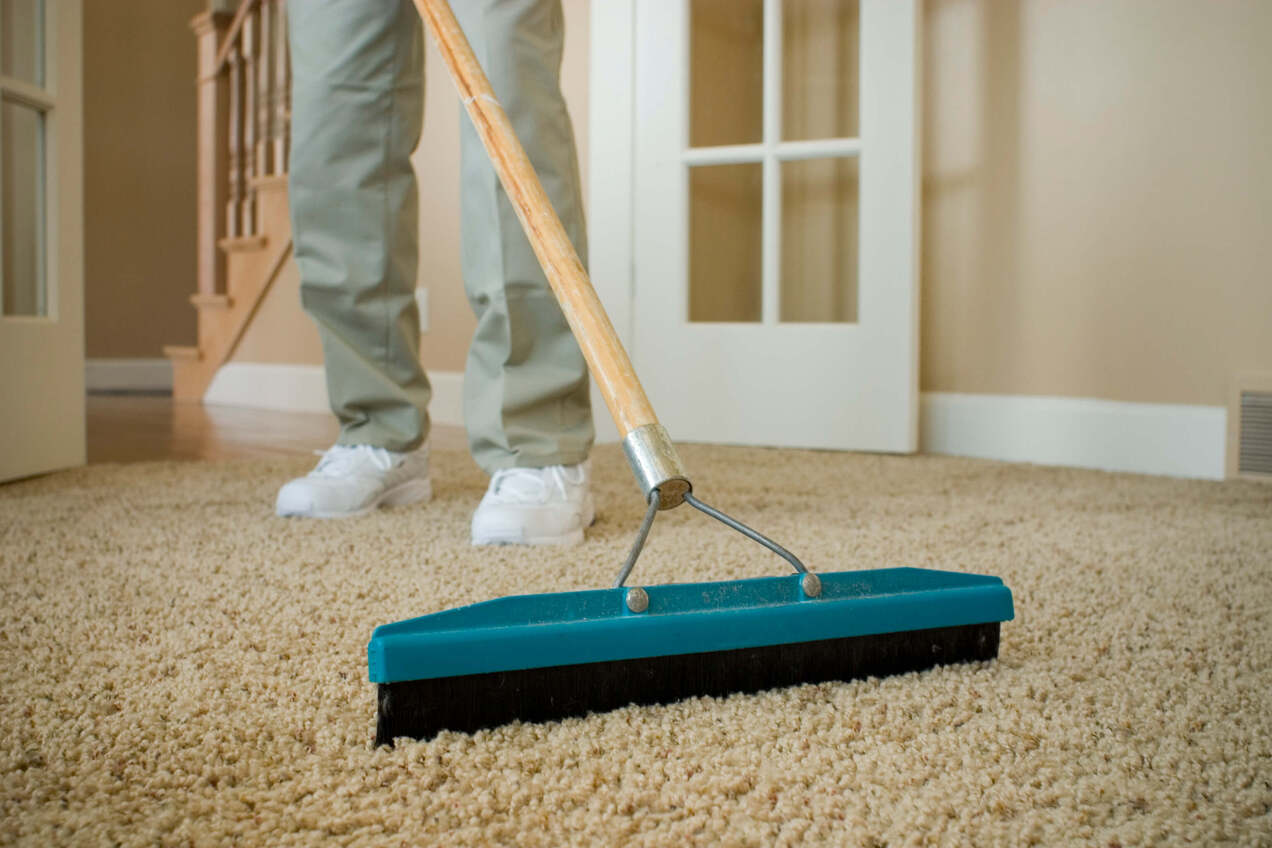

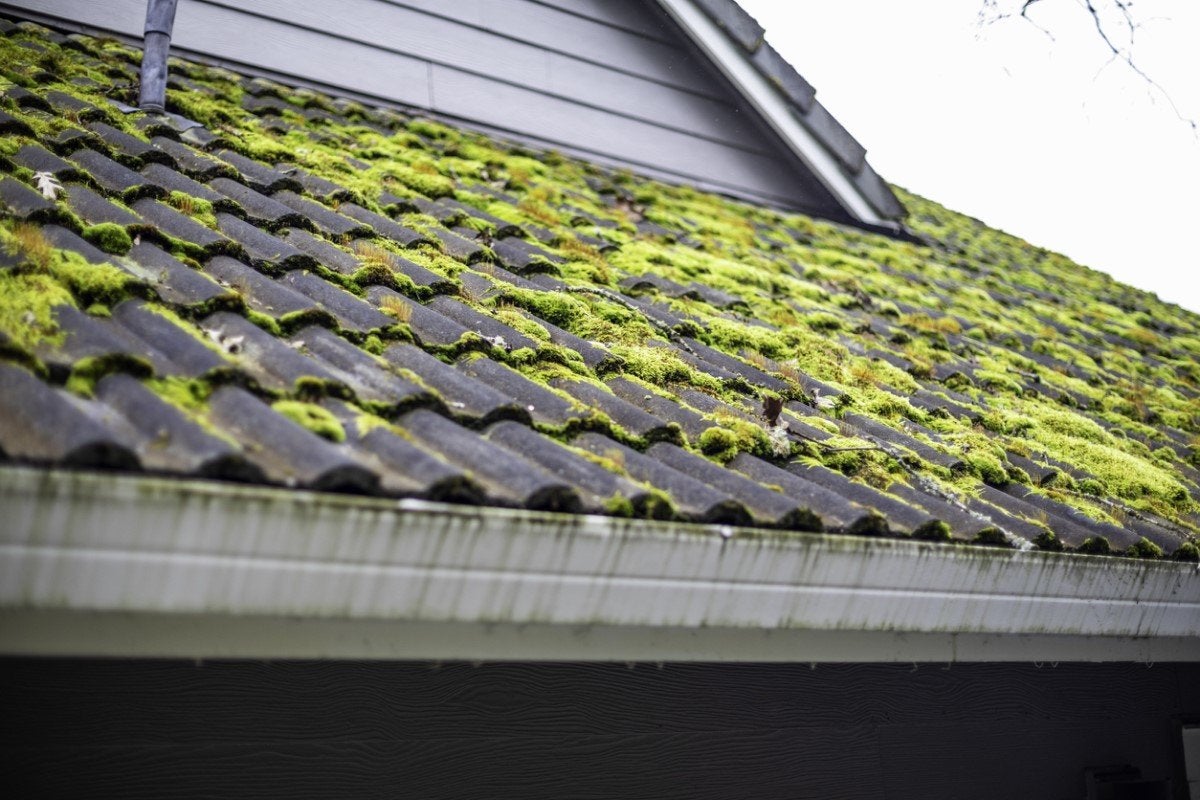

0 thoughts on “How To Protect Your Outdoor Grow From Bugs”